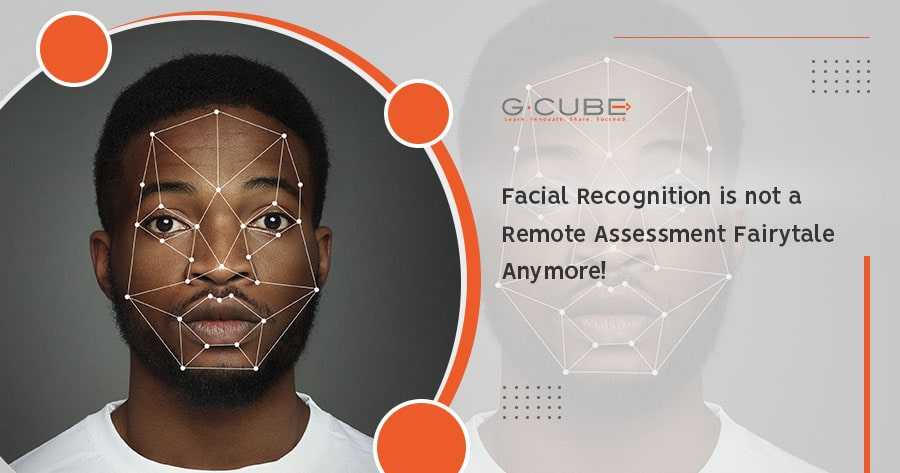Aviation is a dynamic industry and trust us, when we say that we understand the multi-layered issues of training and assessment in an industry where the workers are continuously on the move. In a set up that is so highly regularized and rightly so, training is not a casual upskilling exercise. The training in aviation is incomplete without the assessment and the authentication of the learner during this assessment which is remote in many occasions due to the dynamic nature of the industry.
Traditionally, the authentication of the person appearing for the remote assessment was being done through designated username and password, and also two-factor authentication but the loophole remains that it does not have proof of authentication. Thus, to ensure secured proctoring of these assessments, GCube proposes Facial Recognition, and we implore you that you hear us out as we shall be surely answering all the questions of high cost and accuracy issue.
As a client posed the problem, we got into action to research the challenge and that is how we arrived at the facial recognition solution to make proctored assessment process seamless and efficient with practically zero imprecision. However, like with technology, facial recognition has been presented with challenges in its capacity but, the FR solution in GCube’s Aviation LMS has countered and resolved most of the following challenges by integrating a robust system.
High costs involved in facial recognition: Facial recognition involves continuous clicking and matching of the images with the ones in the database. Every passing second involves 24 frames, so a session of 30 minutes will increase the cost manifold. GCube’s solution counters these exorbitant costs by clicking the pictures of the learner at irregular intervals (which cannot be predicted by the learner) and matching it with the database. In addition, the FR now is offered as a service by providers like AWS and Google Vision so there’s no need to build a separate infrastructure. This way the costs are greatly controlled without affecting training and assessment.
Improved accuracy: Another challenge that used to come in the way of using facial recognition is accuracy. As the current facial recognition systems are trained on larger data the accuracy levels have increased following the very basic principle of machine learning. Of course, add to this the availability of high-end camera equipment at reasonable pricing which has improved the FR technology by many folds.
Privacy – the bone of contention in the field of FR: For a long time, facial recognition has dealt with the issue of privacy. This has however been solved in the GCube facial recognition suite by matching with the reference image and erasing the rest of the captured data except in case of a discrepancy. In case of any discrepancy below the mismatch threshold of 70% between the uploaded photograph and the snapshot, the following error messages, dependent on the upload will be registered:
· MF – Multiple Faces Detected
· OF – One Face Detected
· NF – No Face Detected
The snapshots which do not cross the mismatch threshold are stored for the proctor or mentor for their approval along with the original photographs the learners have uploaded. The proctor or the mentor can then access the report workflow and deal with them accordingly.
Thus, we have now made Facial Recognition an accessible technology and not a fairytale from the future.
With over 100 industry awards in learning technologies, G-Cube would love to share more information with you about our facial recognition solution engineered specifically for the Aviation industry. Please do write to us here.








